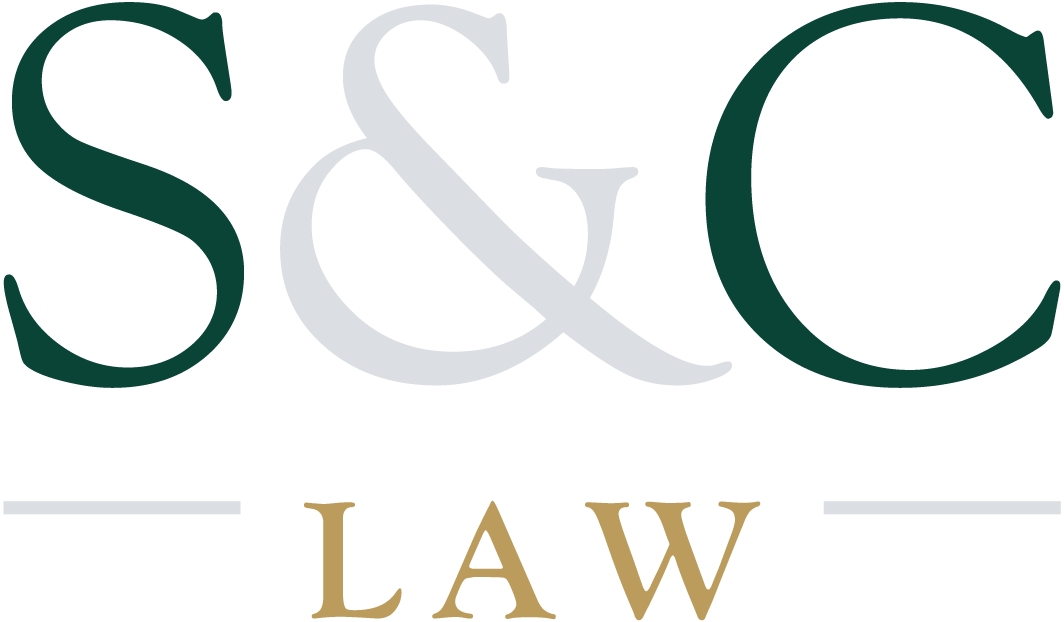Most of the new businesses we assist in incorporating are Sub-Chapter S corporations. Sub-Chapter S refers to a provision of the Internal Revenue Code which grants certain tax advantages to small corporations. Since most of the new businesses our firm incorporates are small businesses, this form of corporation is many times the best form to choose to maximize the tax benefits of incorporating while minimizing the liability exposure of the corporation’s owners.
The basic advantage of a Sub-Chapter S corporation is that it allows for a “pass-through” of the profits and losses generated by a corporation in a given tax year. This means that the corporation pays no tax; instead, the tax on profits earned by the corporation is paid by the corporation’s owners as income on their personal tax return, divided according to the percentage of ownership each individual may have in the Sub-Chapter S corporation. This tax advantage eliminates the double taxation problem inherent in non Sub-Chapter S corporations. More importantly, the election of Sub-Chapter S status by a new corporation allows the owners of the corporation to capture, on their personal tax returns, any losses which the corporation may incur as a result of their business operations. This is a significant statement in that many new corporations will incur a loss in the first few years of their business operations. For example, if a Sub-Chapter S corporation loses $10,000 in its first year of operation, then that $10,000 loss is “passed through” to the owner’s personal tax return. If the owner has other income of $10,000 that year, then the Sub-Chapter S corporation’s loss is applied against that income and no tax is paid on that income. This fact can save the owner from paying taxes. If the corporation had not elected to be a Sub-Chapter S corporation, then the tax loss would not “pass through” to the owner but, instead, remain with the corporation and could only benefit the corporation in later years when the loss might be applied to future profits. The first problem this issue brings is that the benefit of the tax loss is not realized until later years, instead of being immediately used for the benefit of the owner, as with a Sub-Chapter S corporation. The second problem is that, many times, the corporation never makes a profit, and the tax loss never has the opportunity to be applied to a tax profit. This effectively loses the tax loss as a significant tax benefit to the corporation’s owner. For this reason, and others, our firm generally advises new corporations to be formed as Sub-Chapter S corporations.

